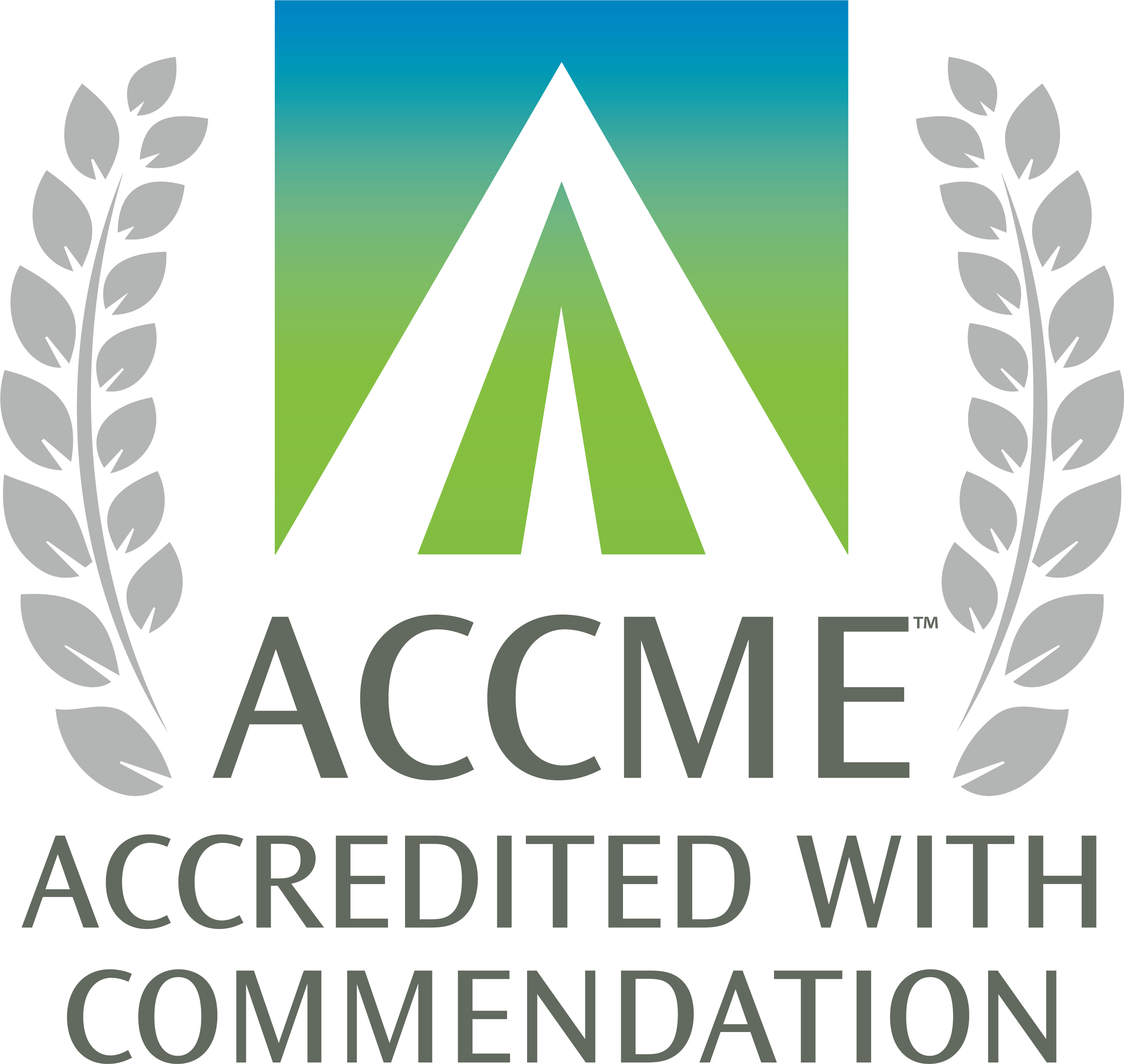Attention-Deficit Hyperactivity Disorder [2013 update]
To begin this activity, click Enroll. Once logged in, learners can access educational content, assessments, and evaluations. Learners who successfully complete the activity will be able to print a certificate.
Release Date:
Mon, 1/1/18
Termination Date:
Tue, 4/30/19
Credits:
1
Description:
Attention deficit hyperactivity disorder (ADHD) is the most commonly diagnosed behavioral disorder of childhood. Most patients will present to their primary care provider, generally with concerns about school performance and/or behavioral problems. ADHD is both under- and over-diagnosed. The high prevalence of co-morbidities is often confusing. Diagnosis requires more extensive evaluation than is usually possible in a 15 minute office visit. Concern has been expressed by some that providers are too quick to label patients with ADHD and prescribe medication. This self-study activity provides practical guidance to clinicians about diagnosing and treating ADHD based on available empirical evidence.
New information in this update includes:
Key aspects of care include:
Diagnosis
Treatment
Special issues
New information in this update includes:
- Ages for diagnosis expanded
- Children: The ages for evaluating children for ADHD now includes ages 4-18.
- Adults: ADHD extends into adulthood. The diagnosis and treatment of adults is now addressed.
- Algorithm for diagnosis and treatment has been expanded to include more detail
- Drug treatment tables have been revised
- Monitoring for drug (stimulant) seeking behavior is addressed.
Key aspects of care include:
Diagnosis
- ADHD is a chronic condition that can persist into adulthood
- Many other conditions co-exist with ADHD and should be assessed (e.g. depression, anxiety, learning disabilities etc.)
- No specific test can make the diagnosis of ADHD. The DSM-IV-TR criteria should be met to make the diagnosis, which includes obtaining information from multiple sources when possible
Treatment
- Combine pharmacologic and behavioral treatment to enhance longer term success.
- Stimulants (generally methylphenidate) remain the first line (best researched, safest, and most effective) for pharmacologic treatment.
- Behavioral treatment for children includes interventions with parents, with child, and with school.
Special issues
- Special considerations apply to 3 to 5 year olds, mentally retarded, and other groups.
- Several untrue common beliefs about ADHD are noted. Evidence is summarized regarding the (often lack of) effectiveness of special diets and complementary therapy commonly used by parents and patients.
- Appendix A has management tools and Appendix B has differential diagnosis and treatment resources
Educational Objectives:
Participants in this CME activity will understand and be able to implement evidence-based cost-effective clinical strategies for the diagnosis and treatment of attention-deficit hyperactivity disorder in children and young adults age 3 to 30 years.
Target Audience:
This self-study activity is appropriate for primary care clinicians and other health care providers diagnosing and treating attention-deficit hyperactivity disorder.
Accreditation and Credit Designation:
The University of Michigan Medical School is accredited by the Accreditation Council for Continuing Medical Education (ACCME) to provide continuing medical education for physicians.
The University of Michigan Medical School designates this enduring material for a maximum of 1 AMA PRA Category 1 Credits™. Physicians should claim only the credit commensurate with the extent of their participation in the activity.
This CME activity was released in April 2013, with credit available through April 2016. The activity was reviewed for currency of content in April 2016 and availability of credit extended through April 2019. Continuation of credit from that date depends on a thorough review of the content currency and accuracy.
The University of Michigan Medical School designates this enduring material for a maximum of 1 AMA PRA Category 1 Credits™. Physicians should claim only the credit commensurate with the extent of their participation in the activity.
This CME activity was released in April 2013, with credit available through April 2016. The activity was reviewed for currency of content in April 2016 and availability of credit extended through April 2019. Continuation of credit from that date depends on a thorough review of the content currency and accuracy.
Additional Info:
Authors:
John M. O'Brien, MD; Family Medicine
Jennifer G. Christner, MD; Child Behavioral Health
Bernard Biermann, MD, PhD; Child/Adolescent Psychiatry
Barbara T. Felt, MD; Behavioral Pediatrics
R. Van Harrison, PhD; Medical Education
Paramjeet K. Kochhar, MD; Pediatrics
Stephanie A. Riolo, MD; Child Psychiatry
Consultants:
Darcie-Ann Streetman, Pharm D; College of Pharmacy
Financial Disclosure Information:
There are no financial relationships to disclose for this CME activity.
UMHS Guidelines Oversight Team:
Grant Greenberg, MD, MA, MHSA
R. Van Harrison, PhD
Literature Search Services:
Taubman Medical Library
John M. O'Brien, MD; Family Medicine
Jennifer G. Christner, MD; Child Behavioral Health
Bernard Biermann, MD, PhD; Child/Adolescent Psychiatry
Barbara T. Felt, MD; Behavioral Pediatrics
R. Van Harrison, PhD; Medical Education
Paramjeet K. Kochhar, MD; Pediatrics
Stephanie A. Riolo, MD; Child Psychiatry
Consultants:
Darcie-Ann Streetman, Pharm D; College of Pharmacy
Financial Disclosure Information:
There are no financial relationships to disclose for this CME activity.
UMHS Guidelines Oversight Team:
Grant Greenberg, MD, MA, MHSA
R. Van Harrison, PhD
Literature Search Services:
Taubman Medical Library
Credits available:
AMA PRA Category 1: 1.00
Participation: 1.00


